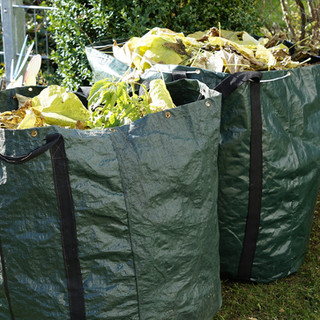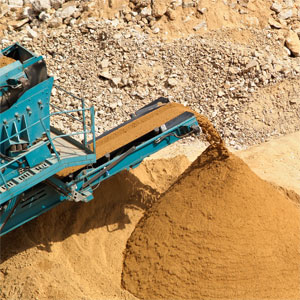Waste Management Policies in Victoria
- Angela Forero
- Aug 31, 2016
- 1 min read
Introduction
"Waste, also known as rubbish trash, garbage depending on the context or terminology, is an undesired or unwanted material that is the result of processes or human activities . This includes manufacturing processing, household activities. Waste management includes storing, treating ( physically, chemically, or biologically) before being discarded or recycled..."
The waste management policies (WMPs) cover the full cycle, from its generation, use, disposal, treatment to reuse. In this section, we will be discussing the most relevant topics related to waste management in order to understand industrial waste policies.
It is firstly important to have a look at the waste classifications. In this section, we will be focusing on the classifications of waste and some important features that includes:
Classifications for reuse
Classifications for contaminated soil and
Classifications for disposal
What sort of industries does this policy apply to?
An interim waste management policy applies to premises in Victoria storing more than 5.000 equivalent passenger units (EPU) or 40 tonnes of waste tires at any time. The type of waste on these premises are stored for purposes such as transfer, reuse, recycling, reprocessing or energy recovery, minimise risks to the environment and human health.
Sub-Classification
It is been created a way to classify waste and facilitate industries its management. The following conceptual maps intent to show the basic characteristics of each sort of waste.
There is also a way to classify disposable waste in the industry.The following maps provide some important characteristics of these pollutants.
To find out more, please click here























Comments